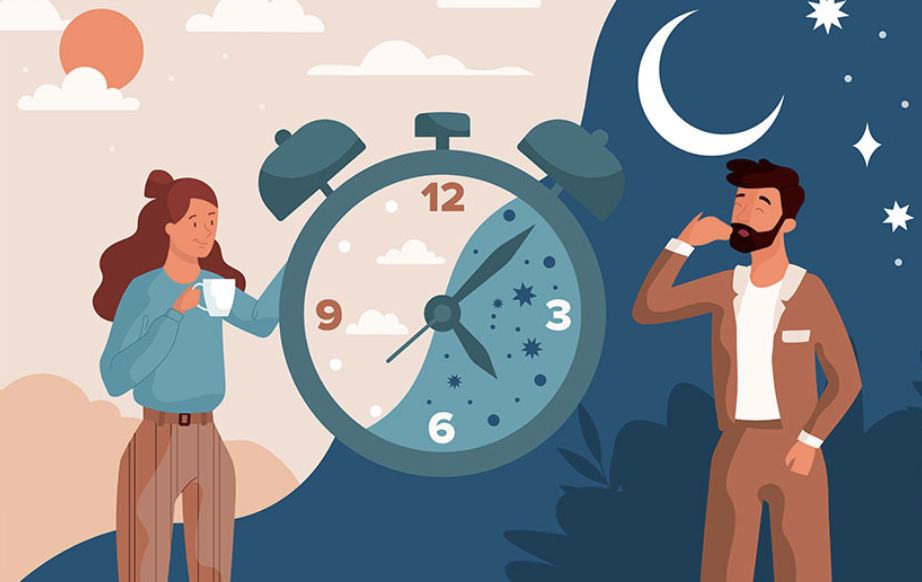By Yunseo Lee, Year 12
After three weeks of sleeping in during the winter holidays, it sure is difficult to wake up early in the morning to get ready for school. After all, a few weeks is more than enough time to reset the sleep cycle in most people. We often speak of sleep cycles and biological clocks, and especially about “resetting” them after getting jetlagged crossing time zones, as though there is a mechanical clock tick-tocking inside us that needs to be adjusted. In fact, there is an intricate system –none less precise and complex than a real wristwatch– of neurons and sensory nerves that exist just to help regulate this clockwork schedule of sleep: the circadian rhythm.
Its name originating from the Latin phrase “circa diem,” meaning “around a day,” the circadian rhythm is the biological clock inside the human body that controls sleep-wake cycles. It is officially defined as “the 24-hour internal clock in our brain that regulates cycles of alertness and sleepiness by responding to light changes in our environment” (NIH).
To understand how circadian rhythms work, we first need to know about a type of brain cell called suprachiasmatic nucleus (SCN), located in the central region of the human brain. The SCN, known as the body’s pacemaker, is connected to the optic nerves and light receptor cells of our eyes which detect the level of brightness of our surroundings. The amount of light we are exposed to gives our suprachiasmatic nucleus information about what the part of day it is. They then issue instructions to other regions of the brain that are in charge of our energy expenditure as well as body temperature, blood pressure, and food intake by a variety of methods such as adjusting the type and amount of hormones secreted into our bloodstream.
For example, when we wake up in the morning, the visual system observes an increase in the level of light exposure and signals to the suprachiasmatic nucleus to stimulate the release of the stress hormone, cortisol, which maintains alertness and wakefulness for the day ahead. At the end of the day when it gets dark, the suprachiasmatic nucleus signals to the pineal gland, which manages the production and release of melatonin, the sleep hormone.
Due to the fact that it is controlled almost entirely by our exposure to light, it is unfortunately easy to knock this carefully designed rhythm off balance. Being on your phone late at night, for instance, interferes with the quantity and quality of your sleep because of the light from the screen. And although it would be blissful to wake up early feeling energised even on a back-to-school Monday, resetting one’s circadian rhythm involves multiple days’ worth of going to sleep gradually earlier (or later), as well as securing a regular amount of sleep each night. Getting plenty of exposure to sunlight during the morning hours is also said to help a lot with resetting sleep cycles along with improving focus, concentration, and productivity. With waking up early regularly and getting lots of sunlight on campus, there’s no doubt our circadian rhythms will be back to school-mode by Friday.
Image source: https://blog.nasm.org/circadian-rhythms-explained



